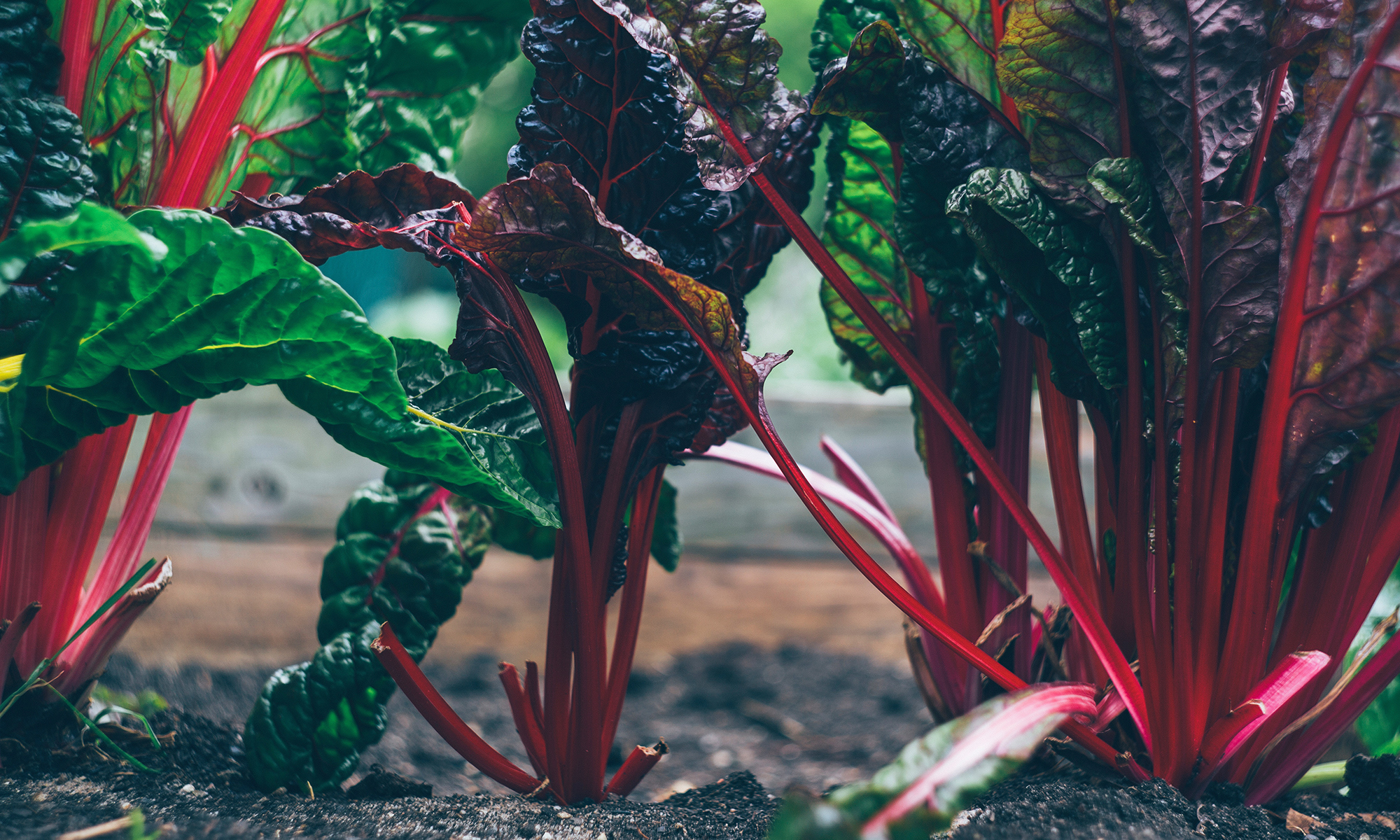When I landed in Hong Kong, after a 24-hour flight, I checked into my hotel and looked at my watch. 6pm. I was exhausted, but knew I needed to stay awake for a few more hours to help my body-clock reset. I wasn’t feeling particularly brave – I didn’t yet have a map or even an idea of how the city was laid out – but if I didn’t get out, then I would fall asleep instantly.
Out of the hotel, I walked left down Wan Chai Street. I walked past a restaurant where the chef was “pulling” noodles. I had heard of this technique: stretching wheat dough, twisting, folding and then stretching it again (and if you’ve never seen it before, check it out here). When the dough was of the right consistency, the chef dusts it with enough flour so that with each subsequent pull, the noodles stretch thinner and thinner. He then dropped them in boiling water and cooked for just a minute. Drained them into a bowl of broth, garnish with scallions, and voila! (I wonder how you say that in Chinese).
Of course, I had to try these noodles. I peered further into the restaurant and was pleased to see the dining room was full (I’m always skeptical of an empty restaurant). A waitress pointed me to the one empty table.
I stared mesmorized at the hustle of the restaurant. Not a single English character on the menu or word overheard. I looked around the dining to find the most delicious looking dish. It was my strategy of how I would order food… just point at someone else's dinner. One of the waitresses spoke English, so she very graciously helped me navigate the menu. I ordered a bowl of the noodles that had lured me in and a basket of steamed meat dumpling. The dumpling arrived plump and juicy with a vinegary-soy dipping sauce with strands of ginger. Biting into the dumpling released its broth, offering a little slurp of soup in my spoon. The noodles came in their own broth, a mild meat broth with droplets of sesame oil, wilted cabbage, slices of fried tofu and pork. A savory, comforting meal for my first night. Upon leaving the restaurant I discovered the noodles are “pulled” to order and the dumplings are rolled, stuffed and steamed to order. With a bottle of water and a little tip, it was less than $10 US.
I was in China for an internship for business school. After a few weeks of work, our Chinese liaison arranged a private cooking lesson for me at a local (professional) cookery school. Down an alley, through the gates, many classrooms opened into the courtyard. In one room was the office. Next door was the kitchen. Two rooms. The first room had a wok station: 2 woks with a pot of water in the center cut into a stainless steel counter. Propane tanks fired the heat. On either side of the table was the "mise en place." One side had all the basic seasonings: "yellow wine," black vinegar, salt, pepper, soy sauce, oyster sauce, chilies, sugar. On the other side all the ingredients for the recipes we would prepare.
In the second room, a lesson was already in progress for the professional students in noodles and dumplings. The students were busy rolling out dumpling wrappers, filling them, and folding them into all sorts of shapes. They were steaming and frying.
My chef-instructor deftly julienned, sliced and diced. With just a cleaver, chopsticks and an 8 oz. ladle, he was fully equipped to prepare all dishes. No mandoline, no food-processor, no tongs (my personal favorite). He demonstrated how he julienned the pork: first sliced paper thin, and then practically shredded. Perfect. The bamboo, a round vegetable, he sliced around until it was a paper thin, long sheet. Then he julienned. All cooking was done in the wok: boiling, stir-frying, deep frying and steaming. With such simple equipment, we prepared an exceptionally varied menu: Hangzhou Sweet and Sour Fish. Fresh water perch, steamed with Ginger and Shaoi Xing Wing, Napée'd with a Black-Vinegar Sauce. Appetizers of Steamed Shrimp filled with ground fish, Bean-Curd Sheets filled with Seasoned Ground Pork, Soup with Frozen Tofu and Mixed Mushrooms, Sichuan Style Pork Tenderloin and two desserts.
While my instructor finished the preparation, I got a lesson in noodles and dumplings. I had requested to learn how to make the hand-pulled noodles I witnessed on my first night. But something was lost in translation, and instead we made hand rolled noodles. He demonstrated how to fold the dough in halves and then in quarters to roll it even thinner, unfolding it to dust with flour to ensure the layers don’t stick together. He used the same dough for scallion pancakes: the dough is rolled out, sprinkled with salt and scallions. It is rolled up, flattened, and rolled out again before frying.
I never did learn how to make la mein, though I’ve experimented at home. But the technique of hand-rolling pasta has come in handy as I can easily roll my own dough faster than it would take me to pull out my pasta machine.
Hand Rolled Pasta
- Make your pasta dough as you normally do. Let it rest for 30 minutes
- Roll out the pasta into a square.

- Heavily dust it with flour, and fold it in half. Roll the pasta layer again, being careful to not roll into the seam (as that will push air through it).

- Unfold the pasta and roll out the crease.

- Heavily dust the pasta with flour. Fold the dough into quarters and roll out again.

- Unfold the pasta, and roll out the crease. Cut the pasta into long strips.


- Cook as you normally would
